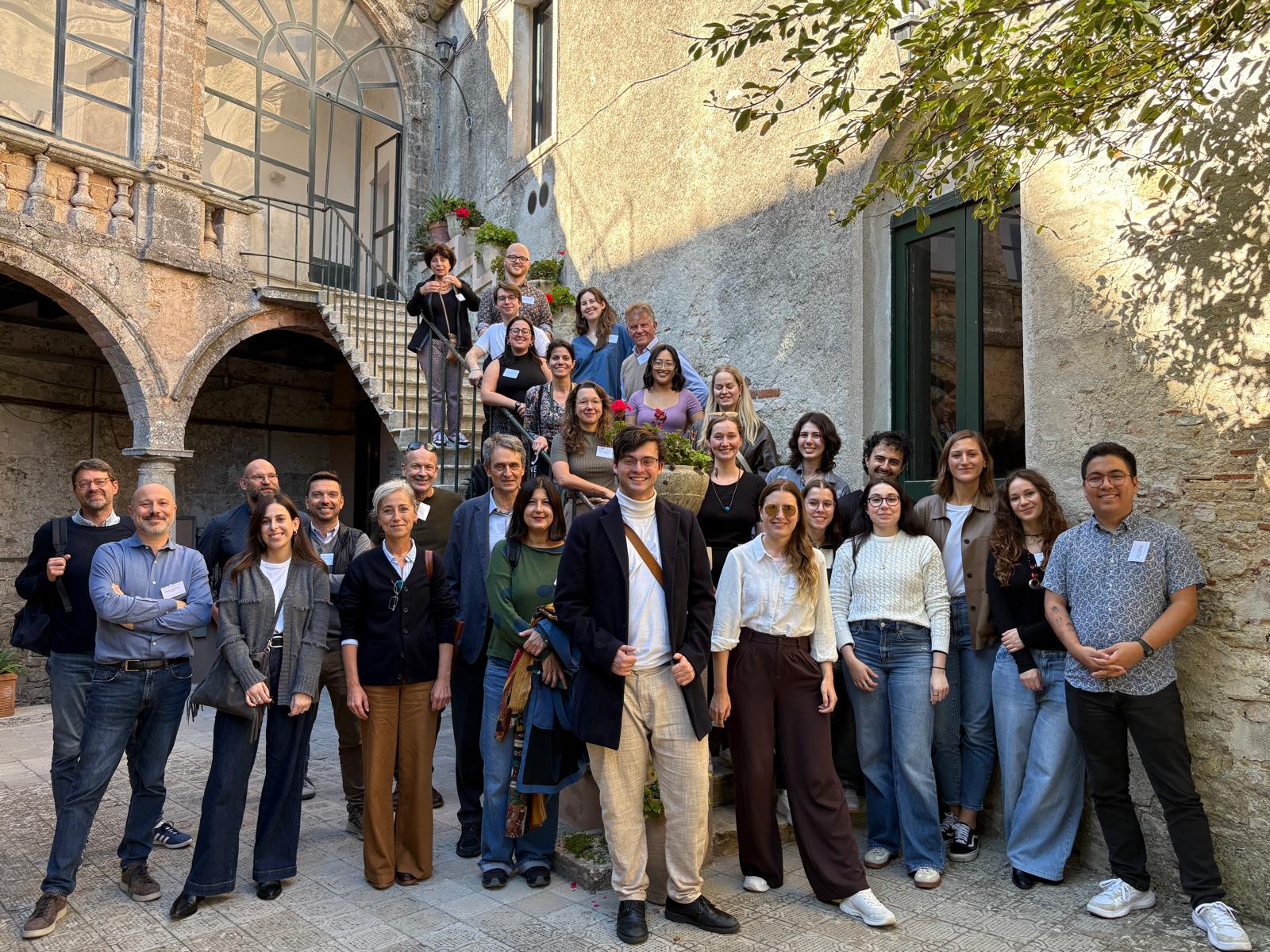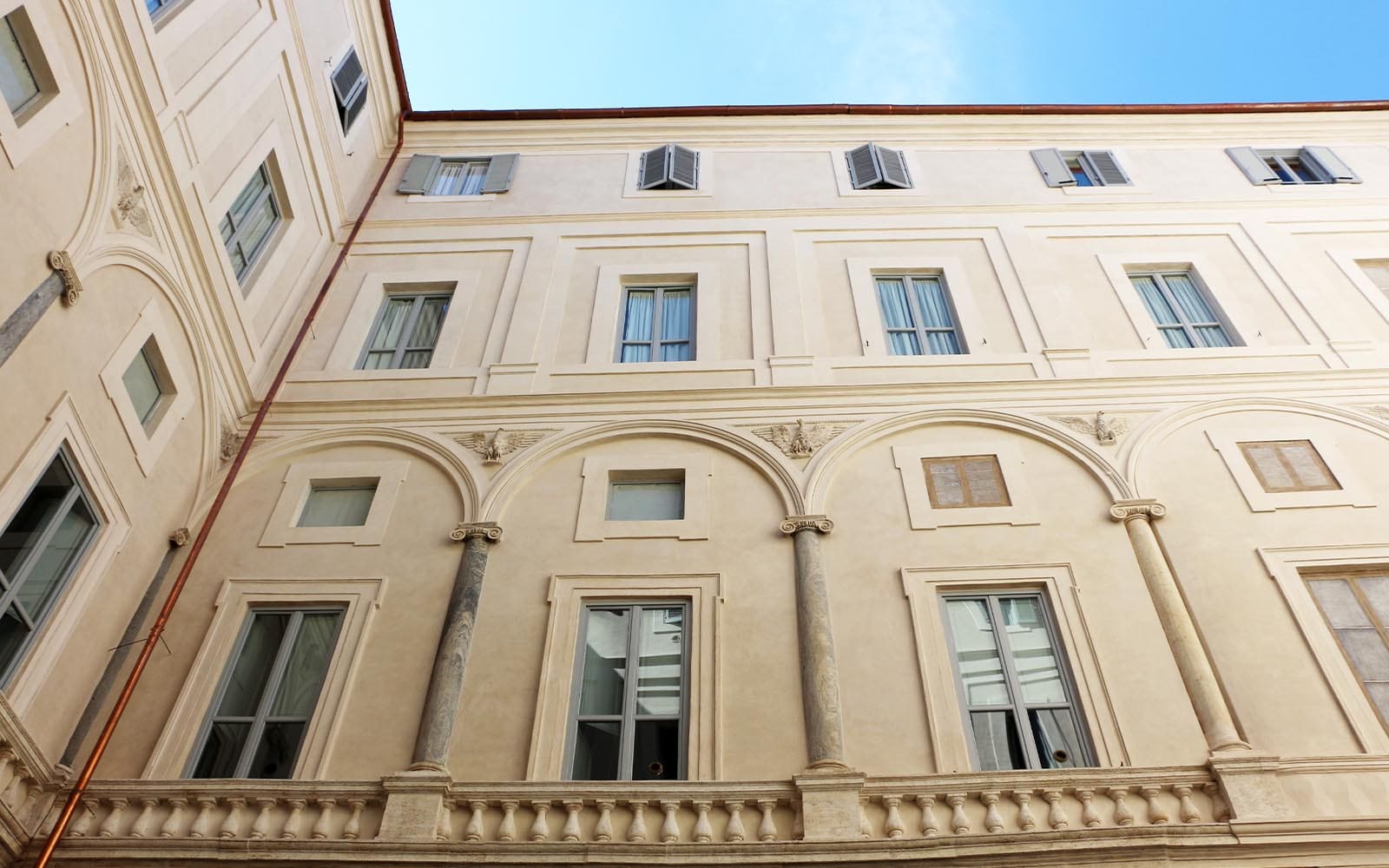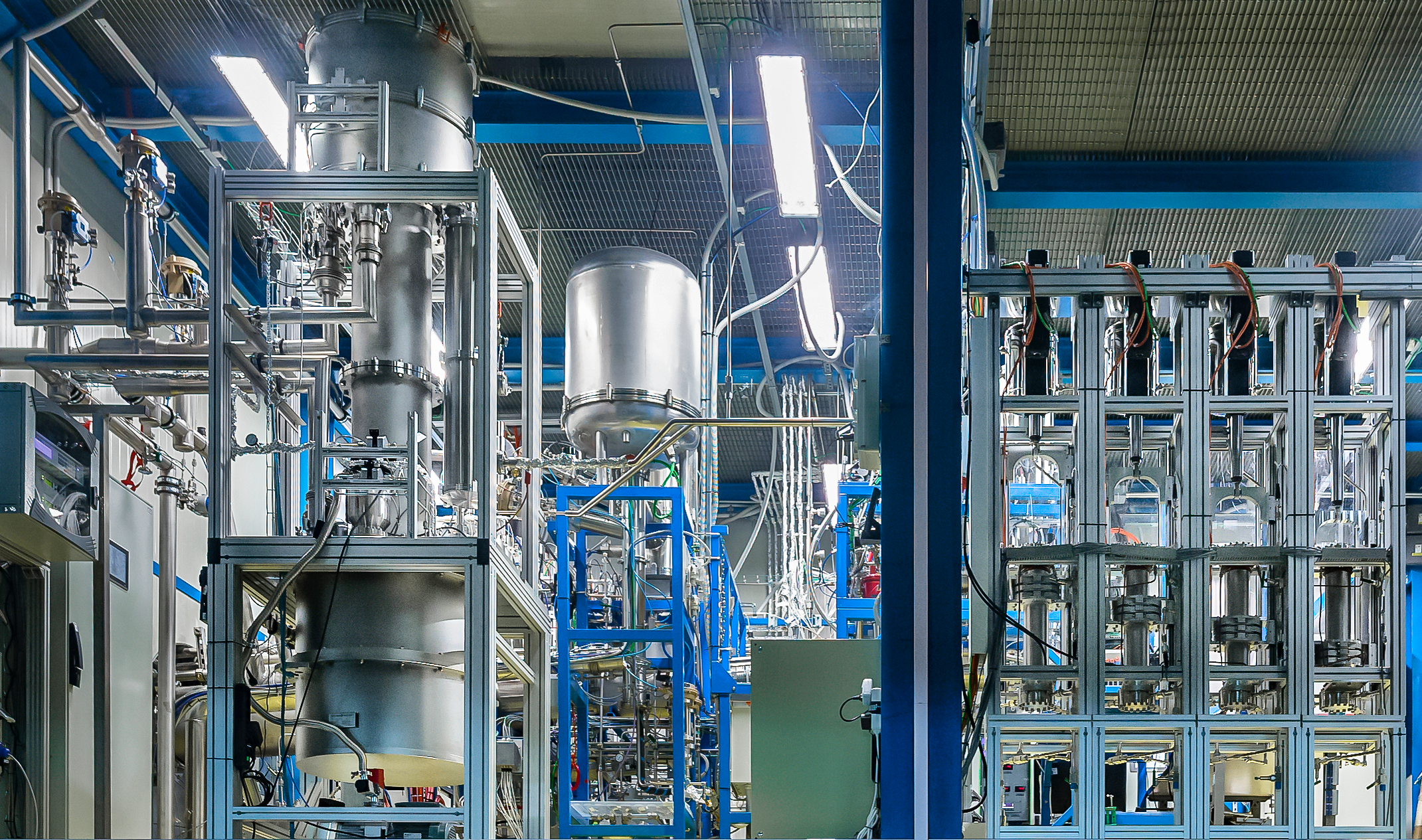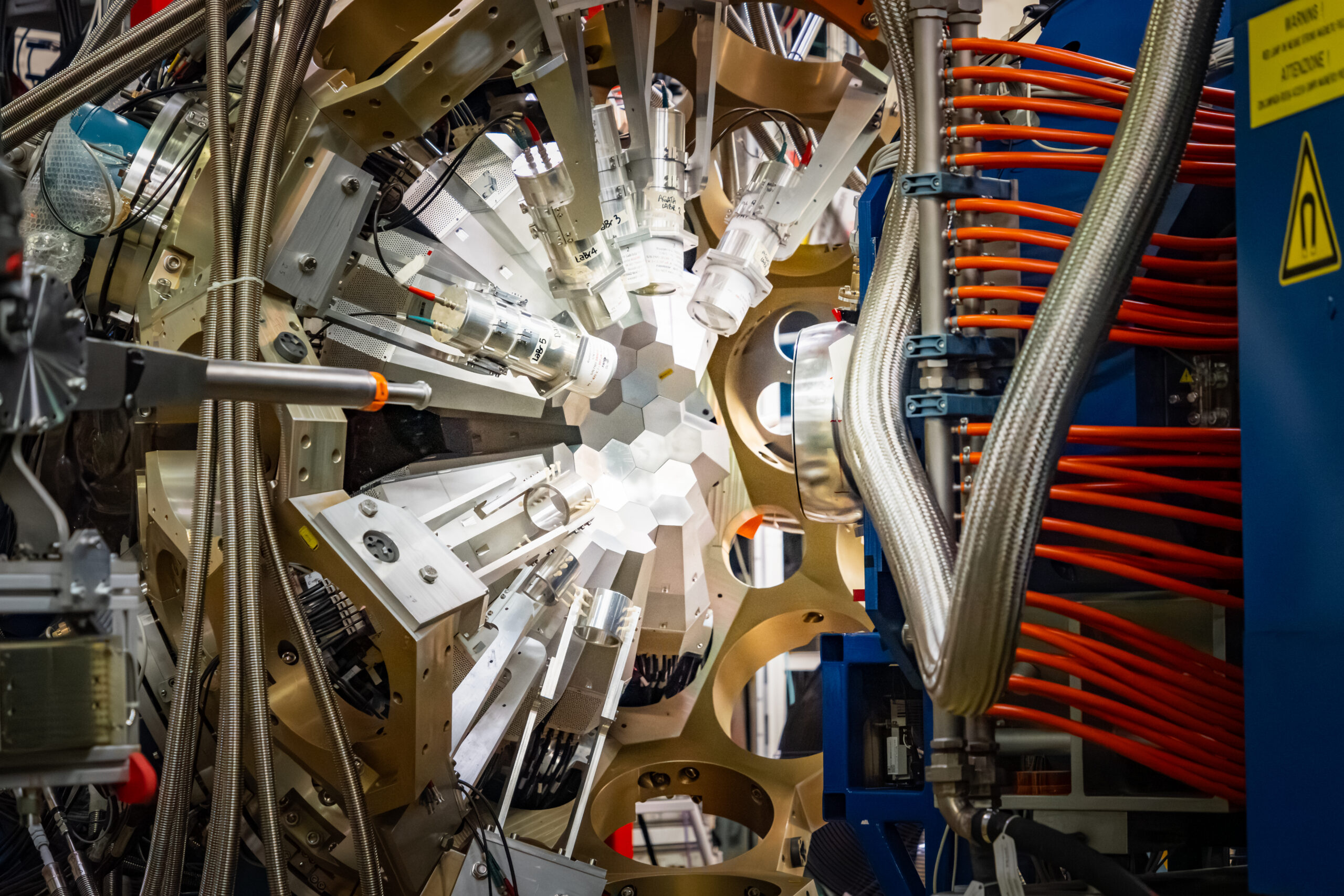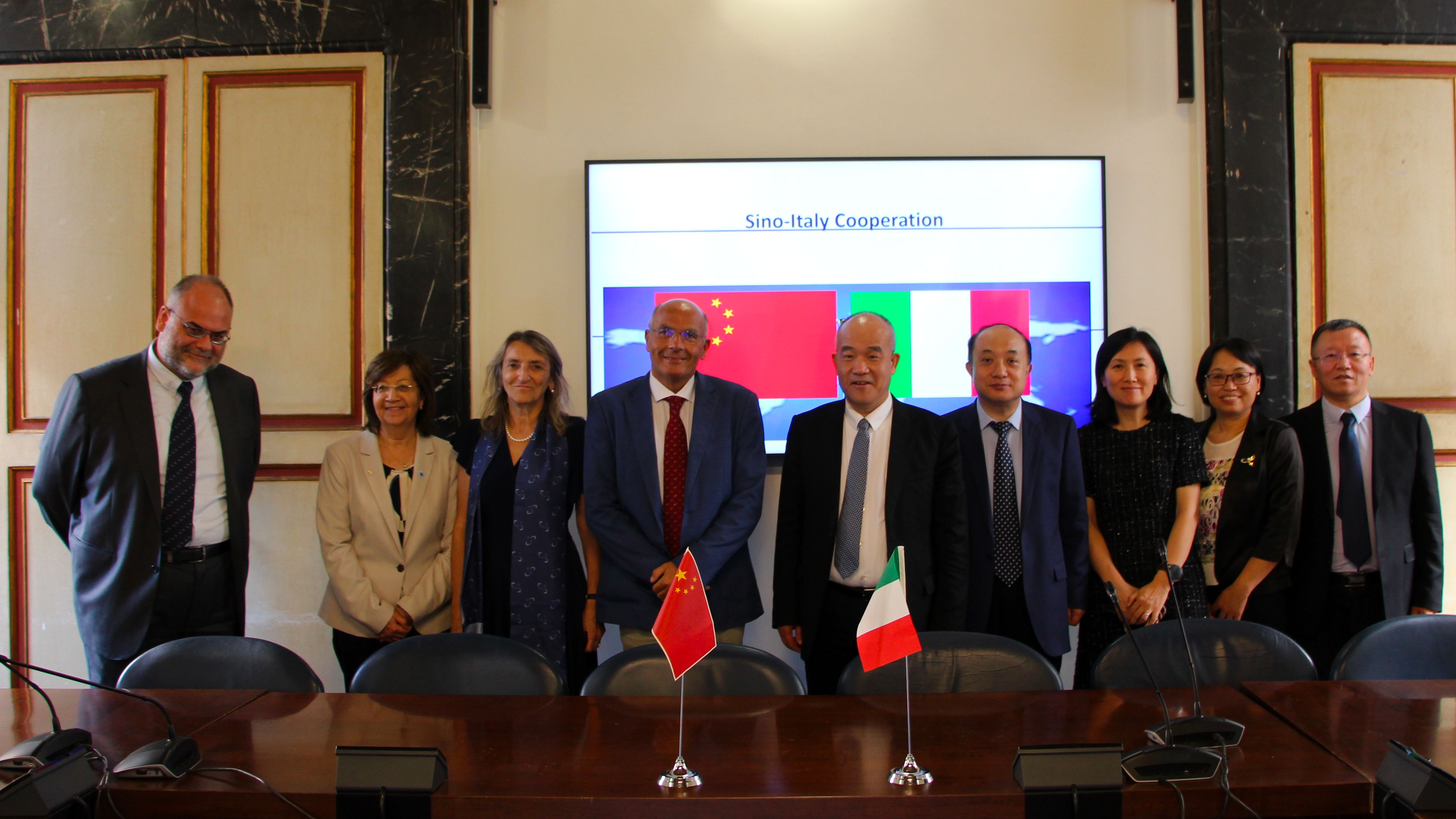
NEW ITALIAN INSTRUMENT BY ASI AND INFN ON BOARD EXOMARS
While waiting to see the first man walk on the oxidised powder surface of Mars, Europe is preparing to land on the Red Planet in 2016 with the robotic ExoMars mission by the European Space Agency (ESA). A mission in which Italy is playing a key role that will be becoming increasingly important in the next few days, as the INRRI (INstrument for landing-Roving laser Retroreflector Investigations) laser micro-reflector developed by the Italian Space Agency (ASI) together with the National Institute for Nuclear Physics (INFN) with scientific direction by Simone Dell’Agnello, physicist from the INFN’s National Laboratories of Frascati (LNF), is loaded on board.
After passing all the necessary tests, the instrument was delivered in record time and has just been installed on the Martian descent module ExoMars EDM (Entry, descent and landing Demonstrator Module) named Schiaparelli after Italian astronomer Giovanni Schiaparelli, who drew the first map of the Red Planet. INRRI will be the first passive laser reflector on the surface of Mars and the first to go further than the moon. It should also be the first of a series of micro-reflectors carried on board future landers or rovers, that will go together to form a Mars Geophysical Network (MGN): a network of reference points for taking geodesic measurements and conducting General Relativity tests on Mars. In the long term, MGN could become a precision positioning network similar to that created using laser retro-reflectors on the Apollo and Lunokhod moon missions.
The ExoMars mission was designed to investigate possible traces of life, past or present, on Mars. The Schiaparelli module will be launched in March 2016, and will land on the surface of the Red Planet after a journey of around seven months. Scientific analyses will therefore begin with the DREAMS (Dust characterization, Risk assessment and Environment Analyser on the Martian Surface) weather station. This is another Italian instrument, developed by ASI with engineering support from CISAS (“G.Colombo” University Space Activities and Research Centre) and the scientific direction by Naples Observatory.
In contrast, as a passive instrument, the INRRI will be able to continue working for years after the short life of the EDM and its active instruments. It will therefore be the only survivor of the mission, keeping Schiaparelli’s memory alive and extending the positive effect of ExoMars for everyone. Lastly, the INRRI could possibly be used as a new primary precision geodetic reference point on Mars: a sort of Martian Greenwich.
